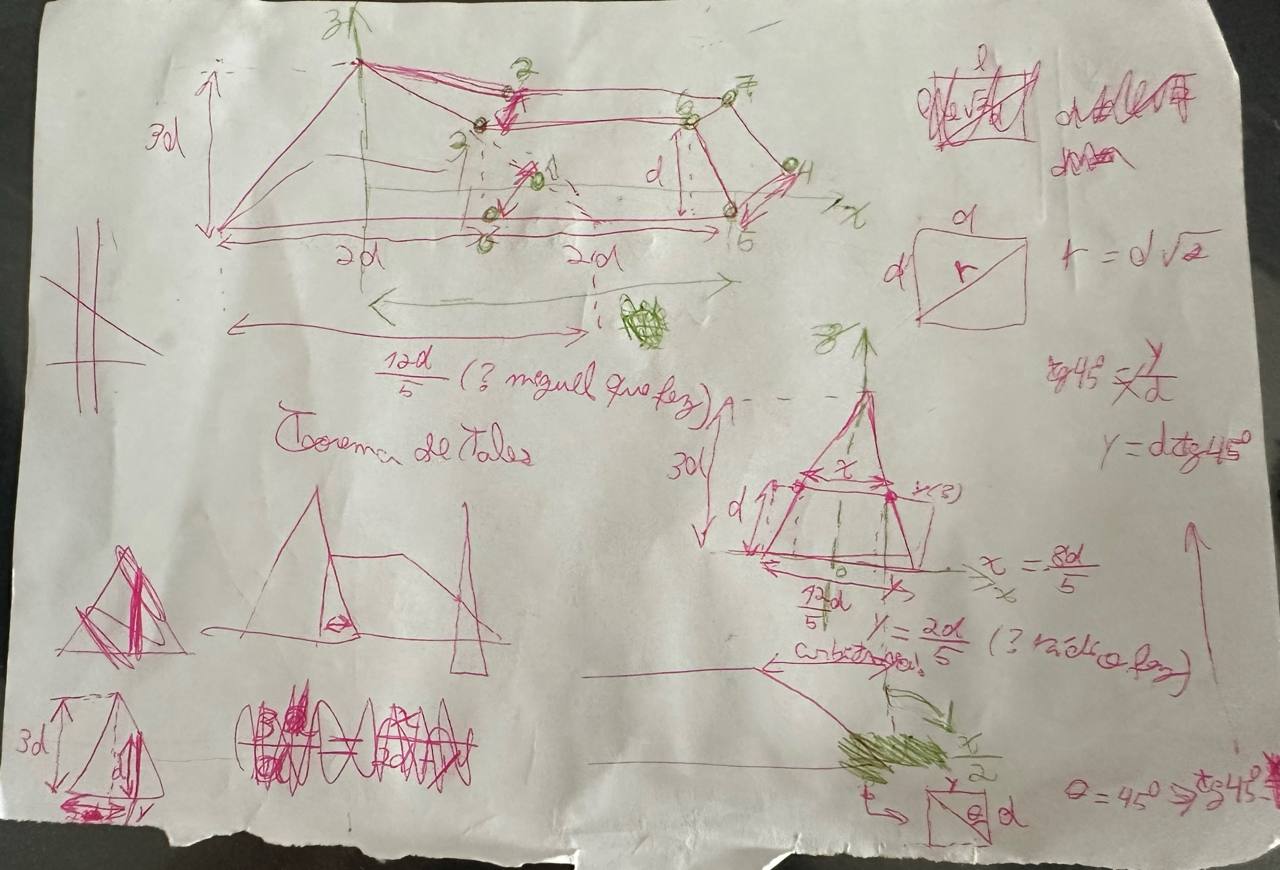I’ve 3D modeled the weird shape my physics 2 teacher made on her class.
The project files (the OpenSCAD ‘code’) are available on my GitHub.
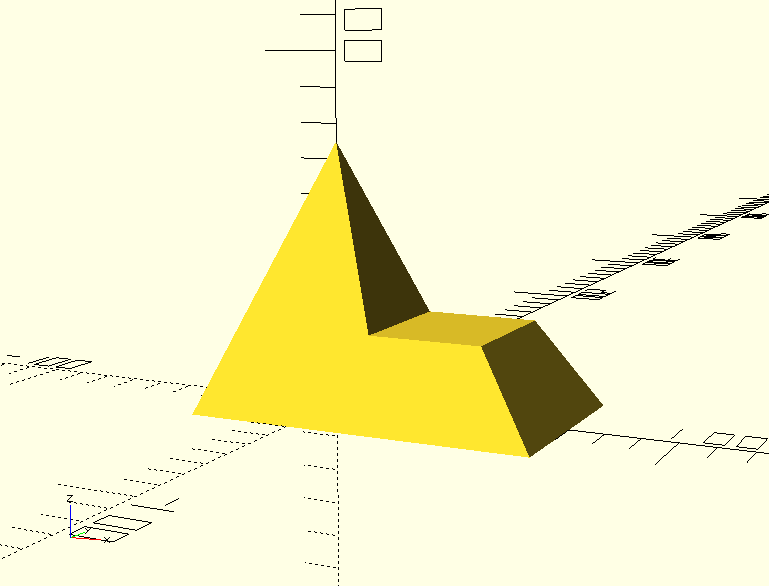
The Exercise
She drew this shape on the board as a training exercise suggestion for the liquid stuff part of the subject, so I offered to 3D print it for her.
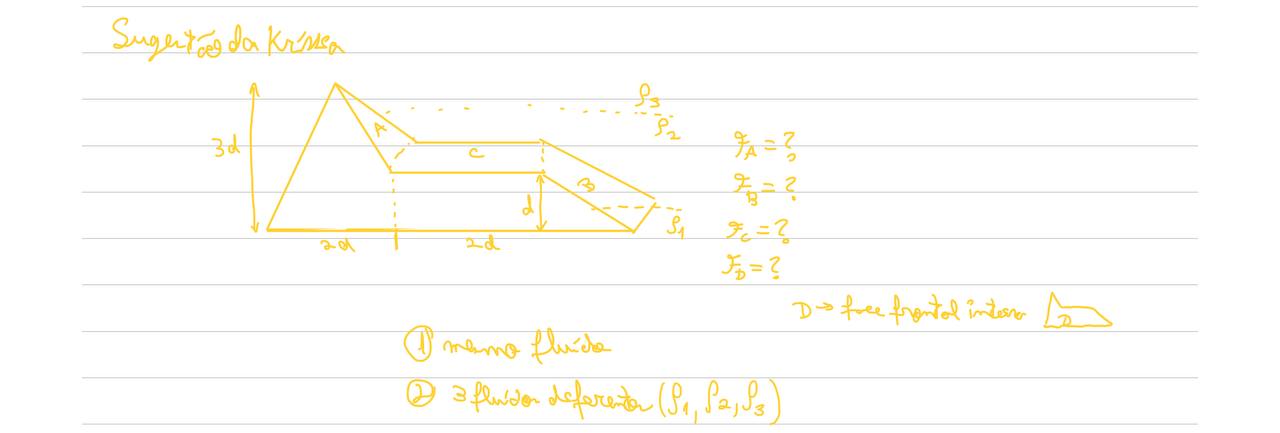
Modeling the Shape
In order to model this in 3D and then 3D print it, first I had to calculate the length of the side of the pyramid’s square base. I had the Thales Theorem waay back from high school in mind.
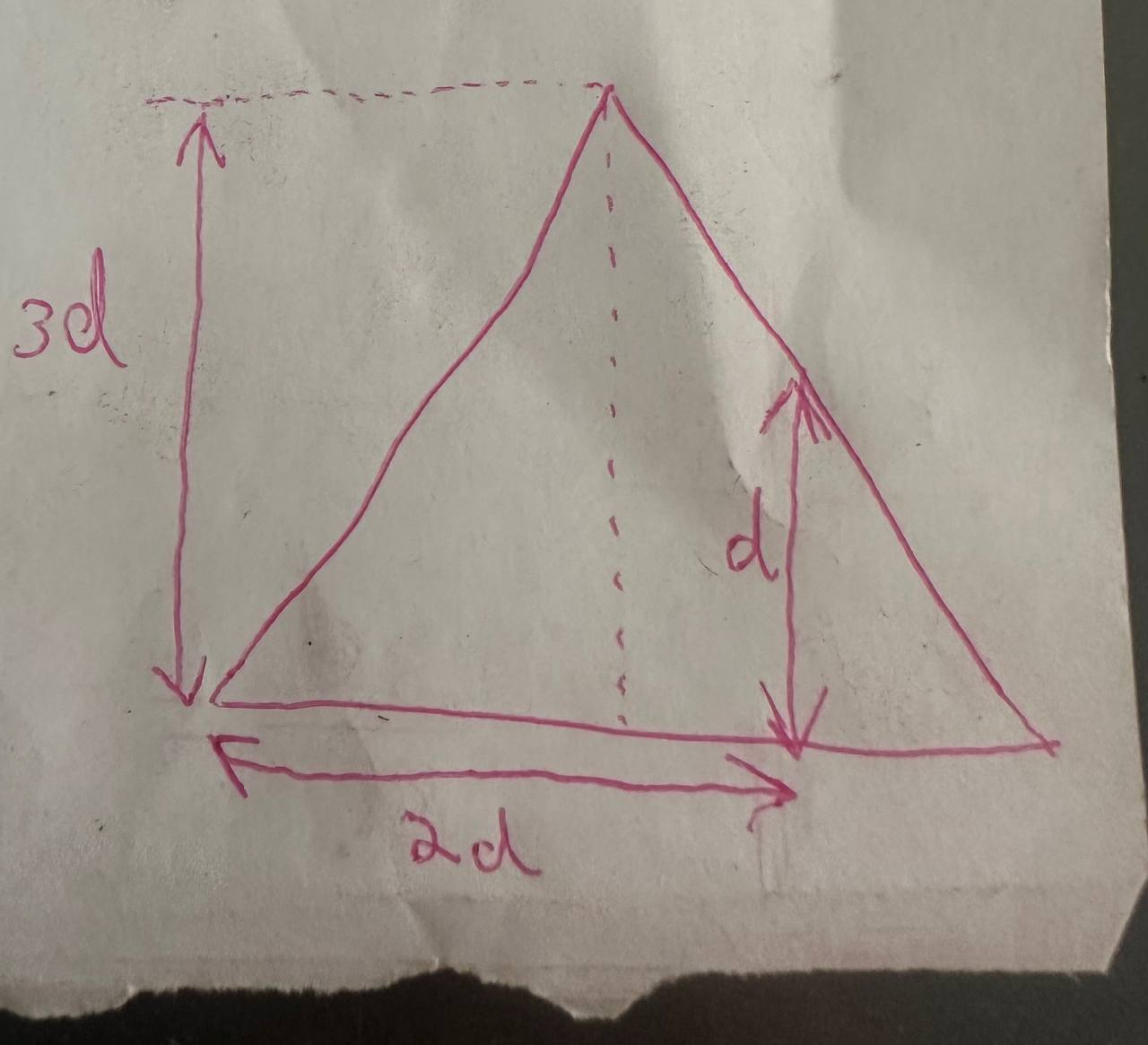
However, it’s been a while since I’ve last messed with trigonometry so it didn’t really work out. Therefore, I asked for help at the GELOS off-topic channel, because I know some of my friends there are good in math stuff.
So Miguel calculated that length as (12/5)*d (line 4):
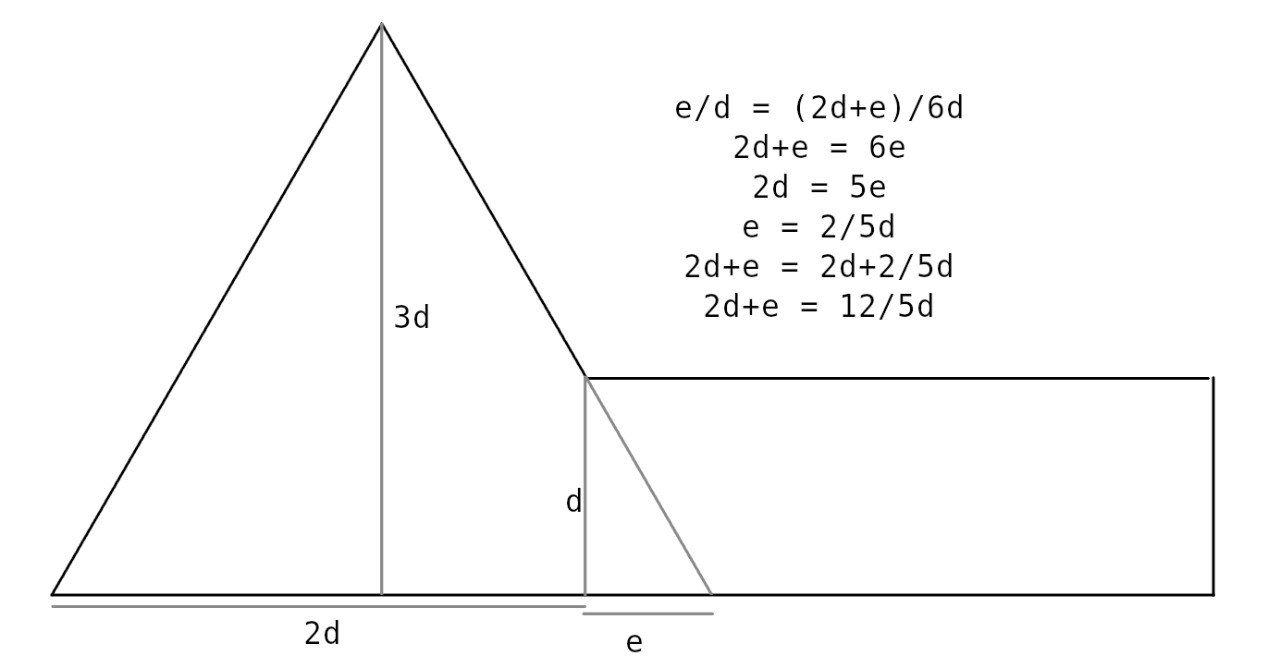
For the coordinates of the top vertices of the trapezoid, since the pyramid gets thinner at the top (because, well, it’s a pyramid), I once again asked for help and Rádio from GELOS calculated it (line 17):

So now it was up to me to model the shape!
I chose d = 100/4 mm, because I wanted the final shape to have a length (4d) of 10 cm (for the unitedstadians reading this, this appears to be around the size of two golf tees laid end‑to‑end). While building the shape, however, I was very careful to avoid hardcoding any values. This means you can simply change the d constant value (line 3) and everything will scale correctly!
When I was almost done, I noticed the inclination of the right end of the trapezoid could be arbitrarily chosen so I chose 55 degrees bc it looked good (line 20). So, on the below image, θ = 55deg and t = d * tan(90-θ) = 0.7*d.
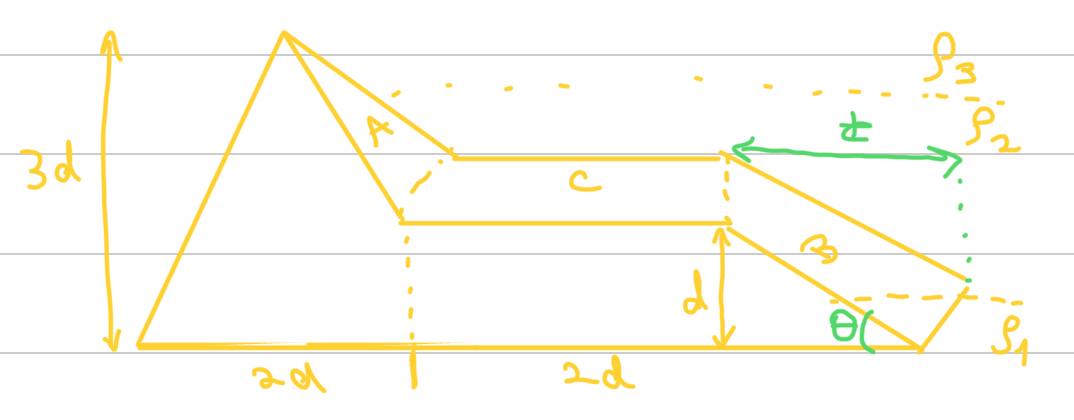
Just as with d, changing the iatr variable will accordingly change the shape to the correct angle with no extra steps.
So, after an afternoon of OpenSCADing, the shape is done!
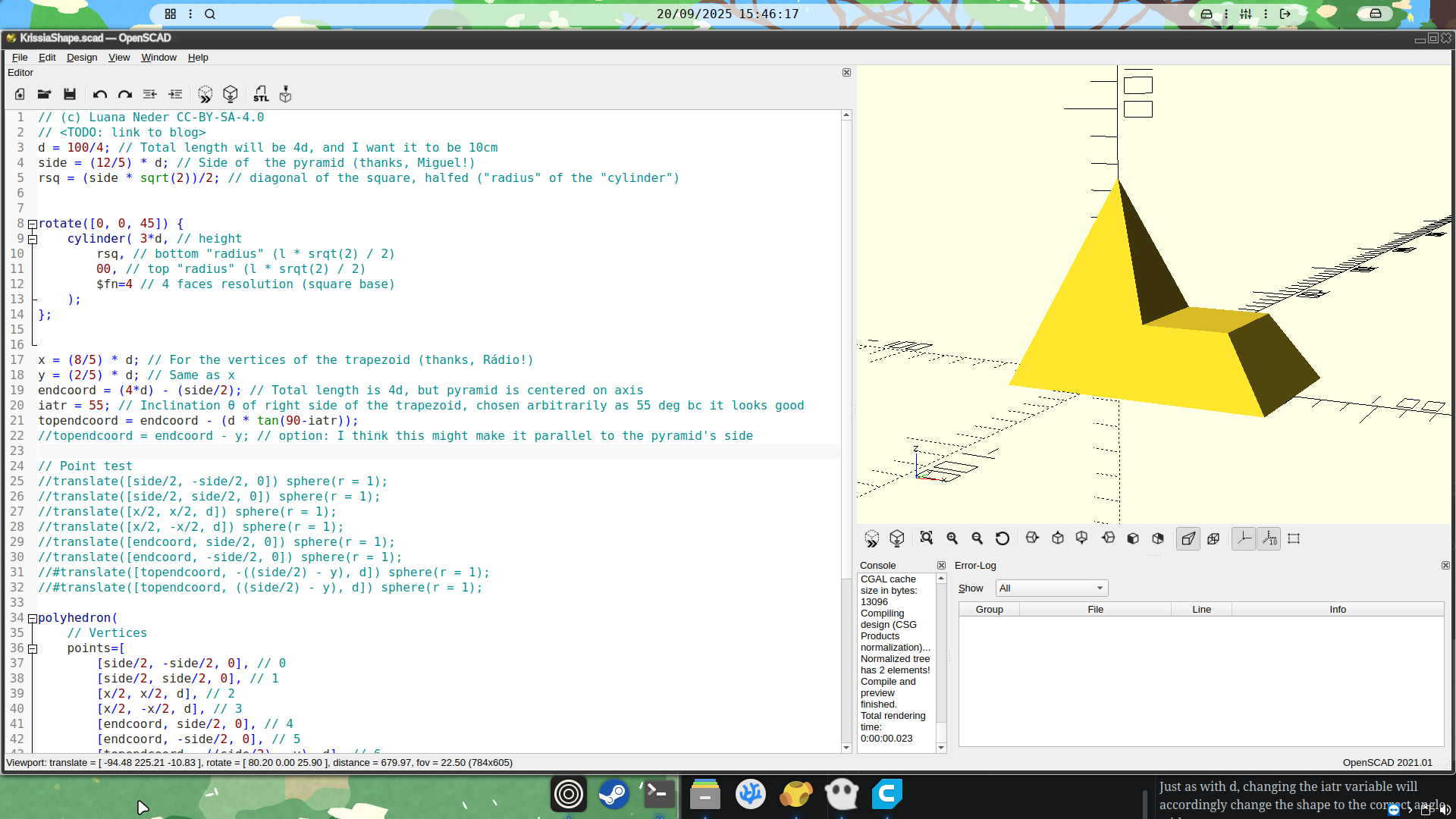
Final Result
Exporting and loading the STL on Cura, we can see it’s indeed on our expected size. This means Miguel’s and Rádio’s calculations are indeed correct, and The Shape is ready to be printed!
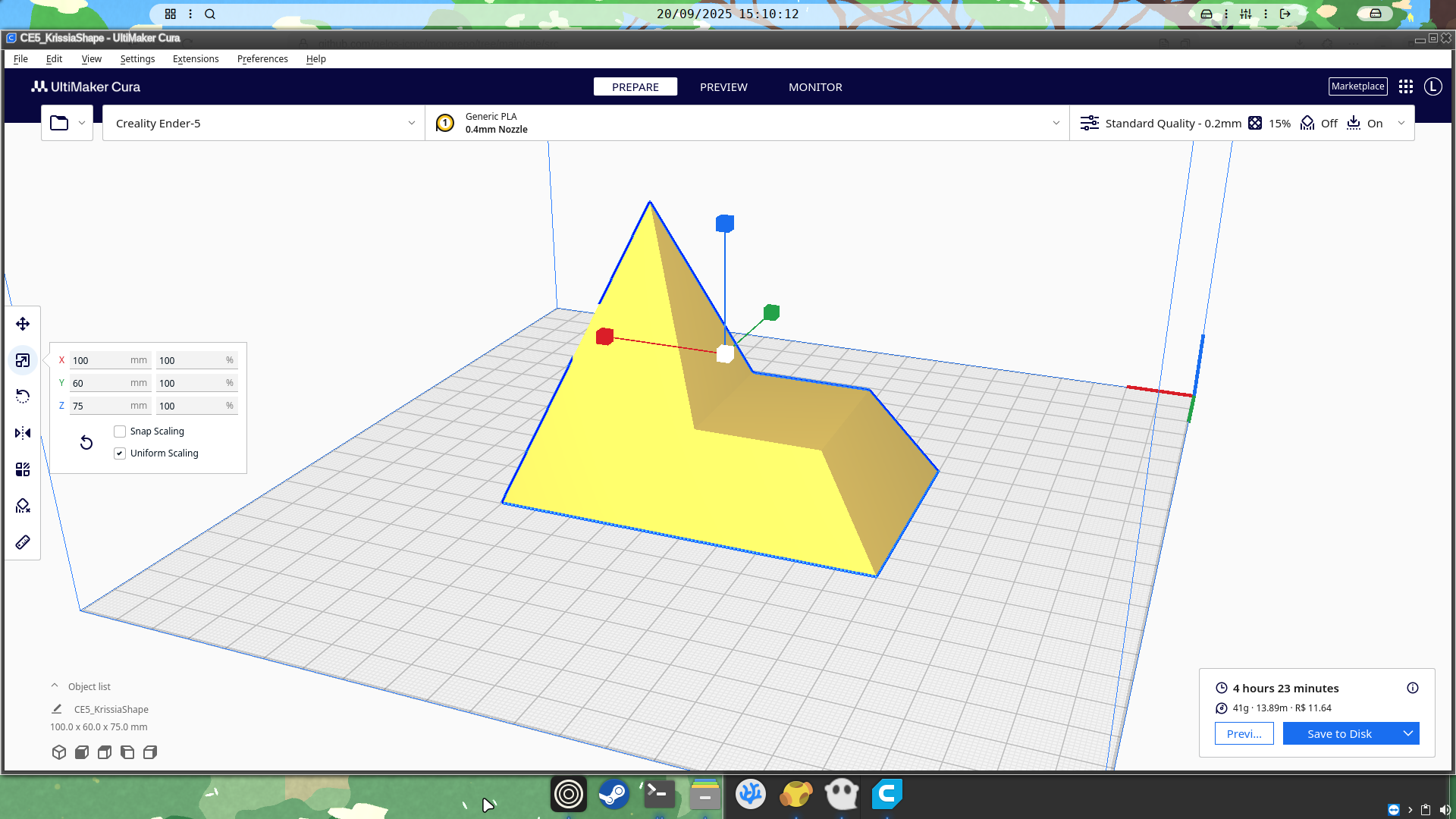
After some hours, here’s our final result!
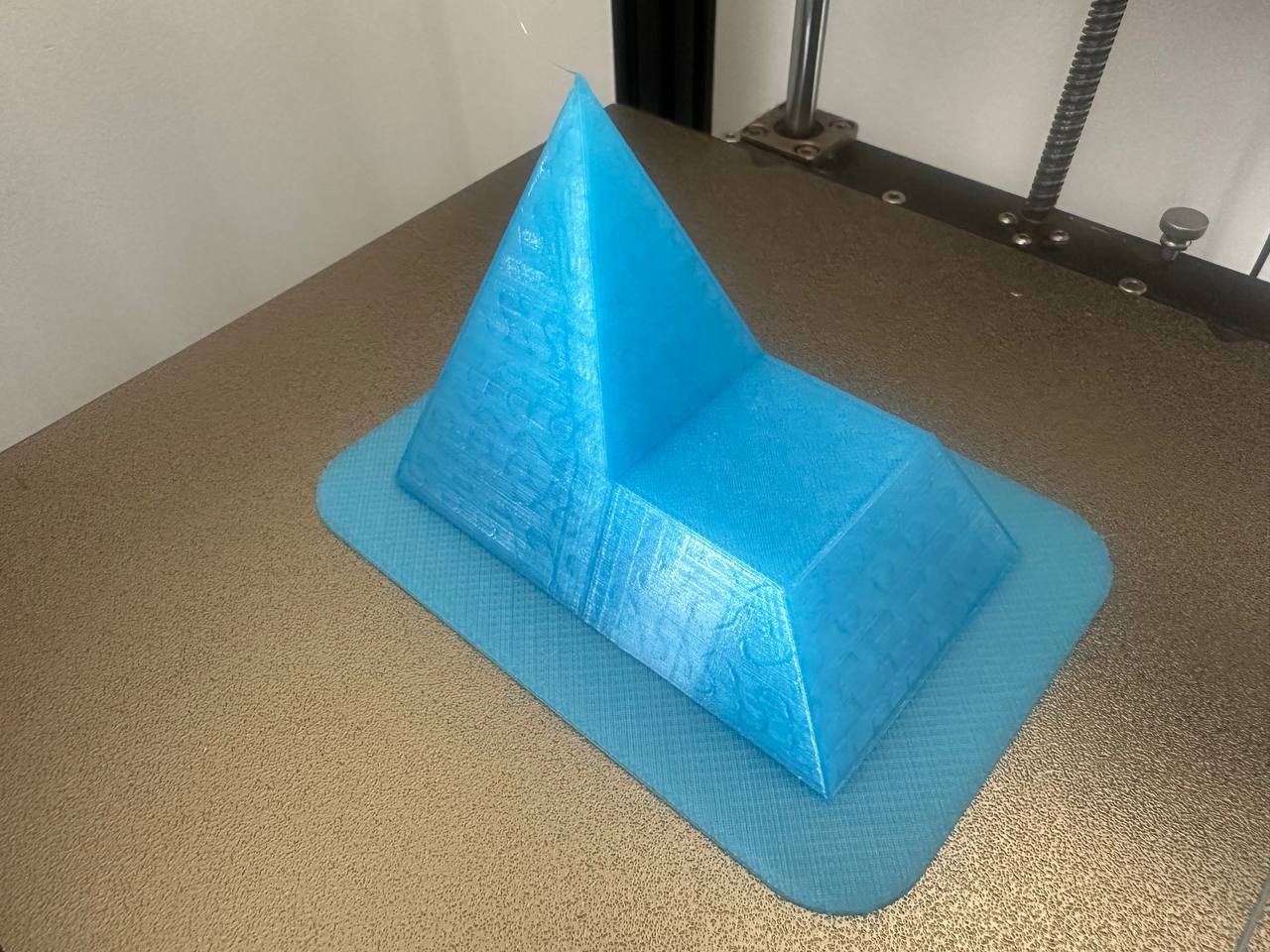
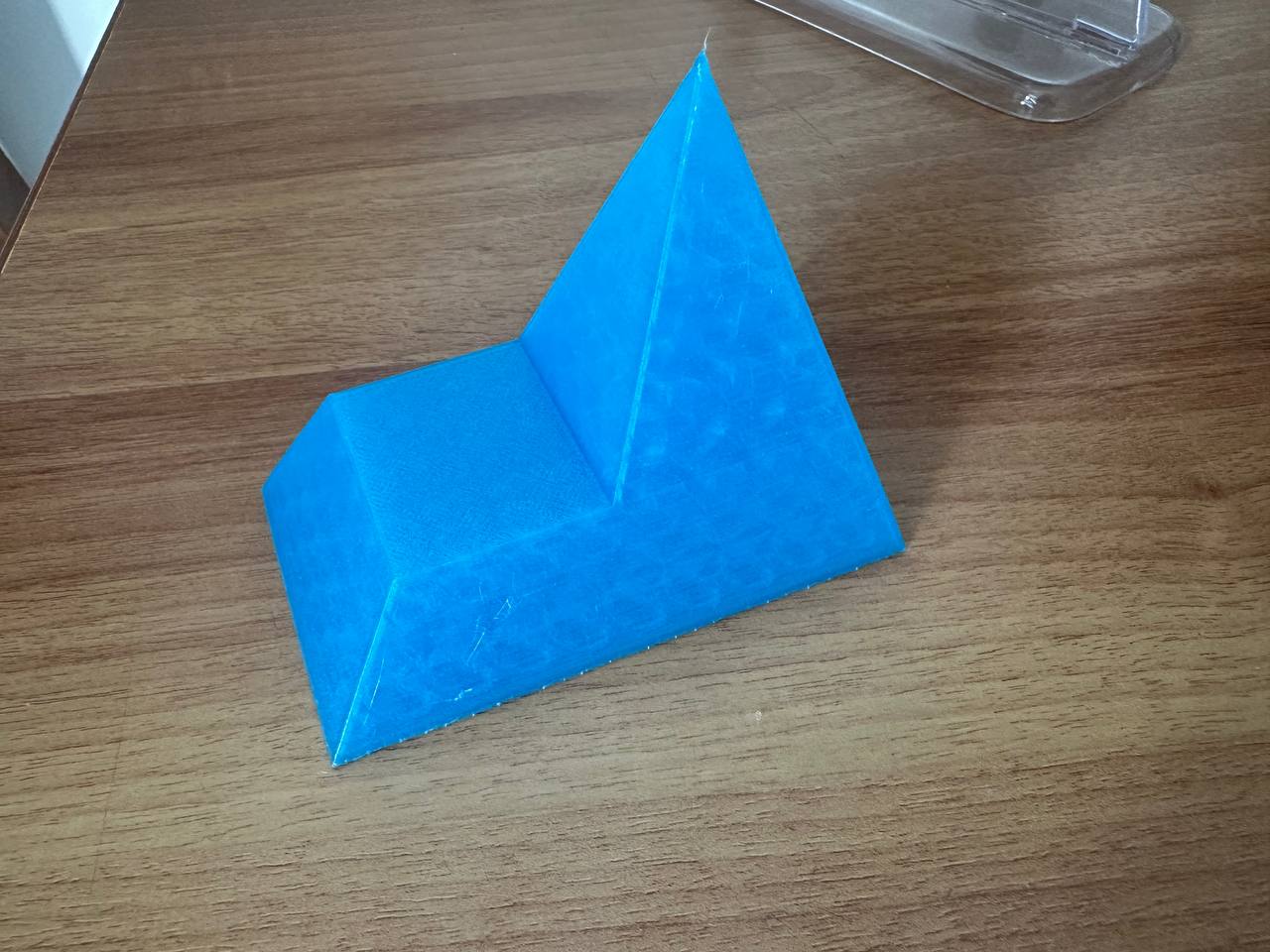
(as you can see, yes I had some adhesion problems and added a Cura raft to get better contact surface)
You can download the stl here.
Welp, it’s Expedition 33 time now!
Thanks for reading, and let’s hope no shapes as weird as this one show up on the tests!
Extra
Here’s the original drawing on the board and my drafts on paper while making this (lots of wrong stuff there probably, maybe just ignore it lol)

